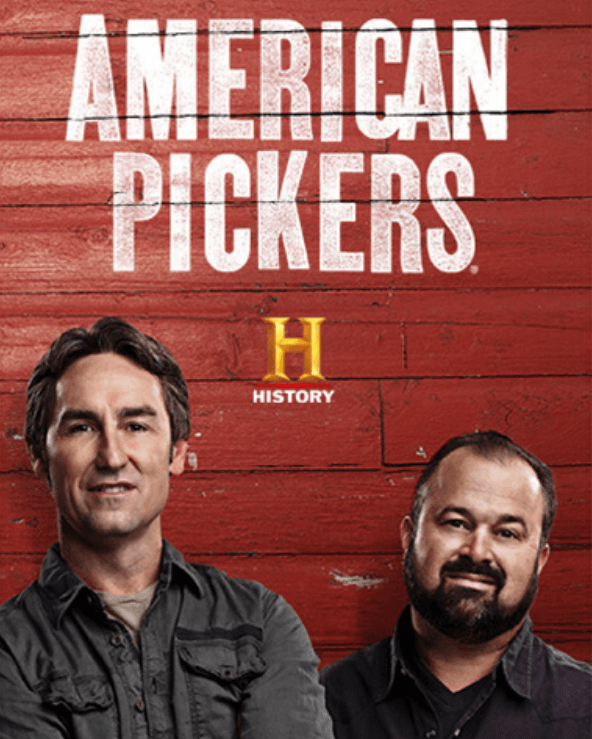– By #Pioneer Auto Show
Deep in the heart of the Pioneer Auto Show Prairie Town is a WNAX sign. While many may assume it is for a gas station, they would only be partially right. The popular WNAX sign that stands tall not only represents an old gas station, but also a radio station which was popular among farm towns in the Midwest. What initially started as a way to promote a seed store, quickly grew to become much more than that.
In 1927, Gurney Seed & Nursery Company out of Yankton saw how popular radio was turning out to be, so from the encouragement of his son, owner Deloss Butler Gurney purchased WNAX, a defunct Yankton radio station license. The sale cost him $2,000, but he got it back on the air out of his own personal home on February 28, 1927. In the meantime, he was having new stations built on the third floor of the Gurney building and two 60 foot towers were raised on the seed house property to support the antenna.
The seed business and the radio station were not the only things operating out of that building, however. It also housed a grocery store, barber shop, clothing store, jewelry store, restaurant, photo studio, and a paint and hardware department. The new WNAX station was housed on the third floor and enclosed with an area for a viewing audience. In addition, Gurney owned a chain of 578 gas stations throughout a five state region during the Depression. This is where many people associate the WNAX gas station sign, though it also played a significant role in the history of radio. Gurney’s WNAX “Fair Price” gas station sold gas blended with corn alcohol for as low as 17 cents a gallon.
By 1936, WNAX was booming and so successful that they built a two-story transmitter building and tower five miles east of Yankton. In 1943 they added another 927 foot tower, which at the time was the country’s tallest radio tower. WNAX had one of the best regional signals in the country due to this, mixed with great ground conductivity.
The WNAX sign is now on display at Pioneer Auto Show in the Prairie Town and is available for anyone who stops by to check out. It not only played a significant role in the history of gas stations, but also in the history of radio.
Last Modified:




